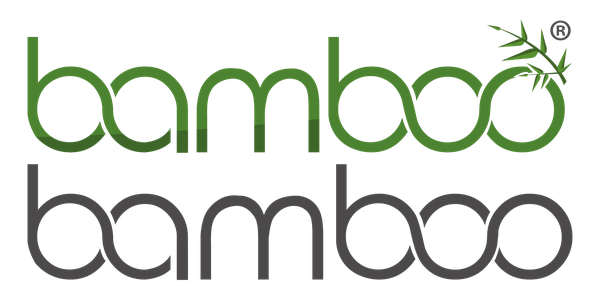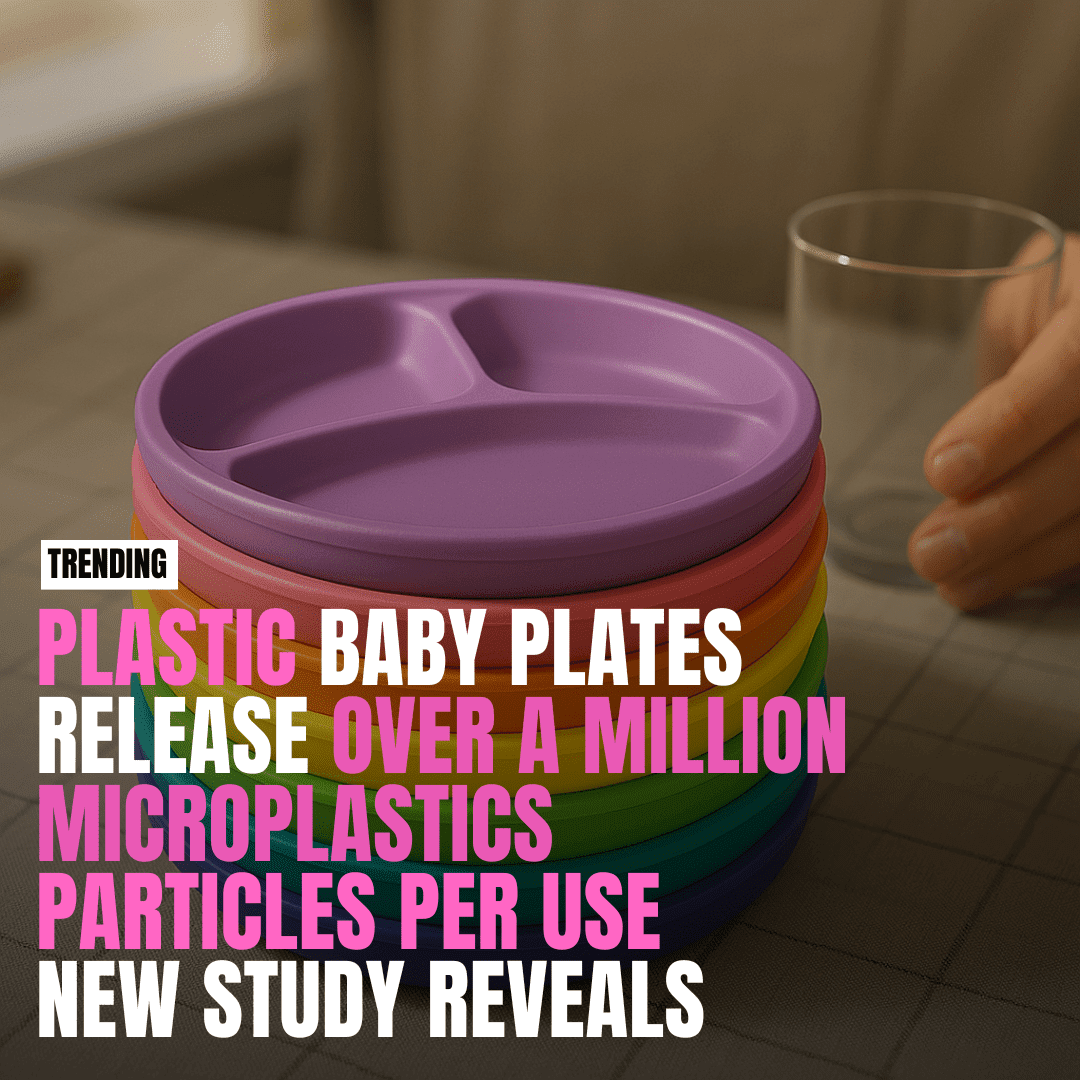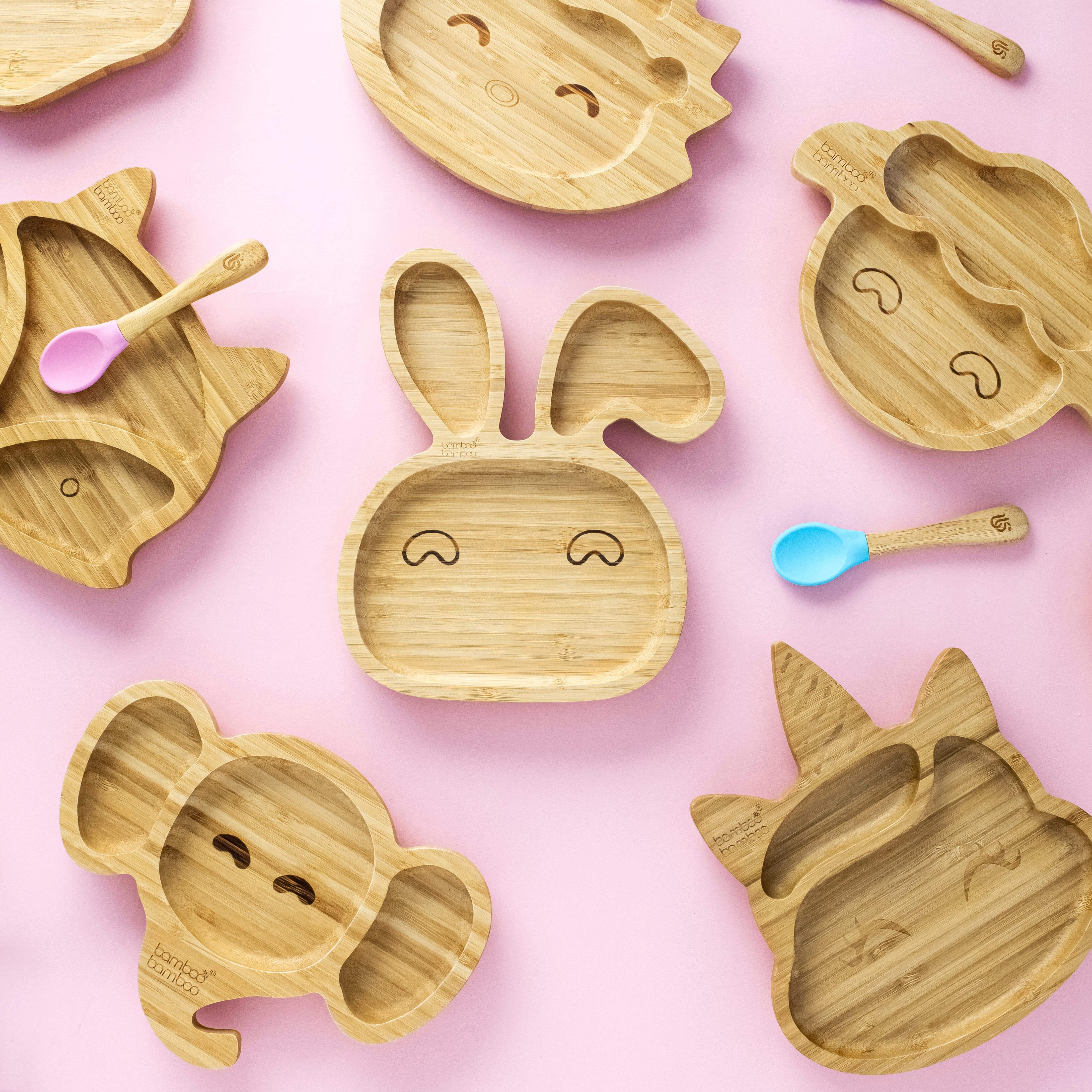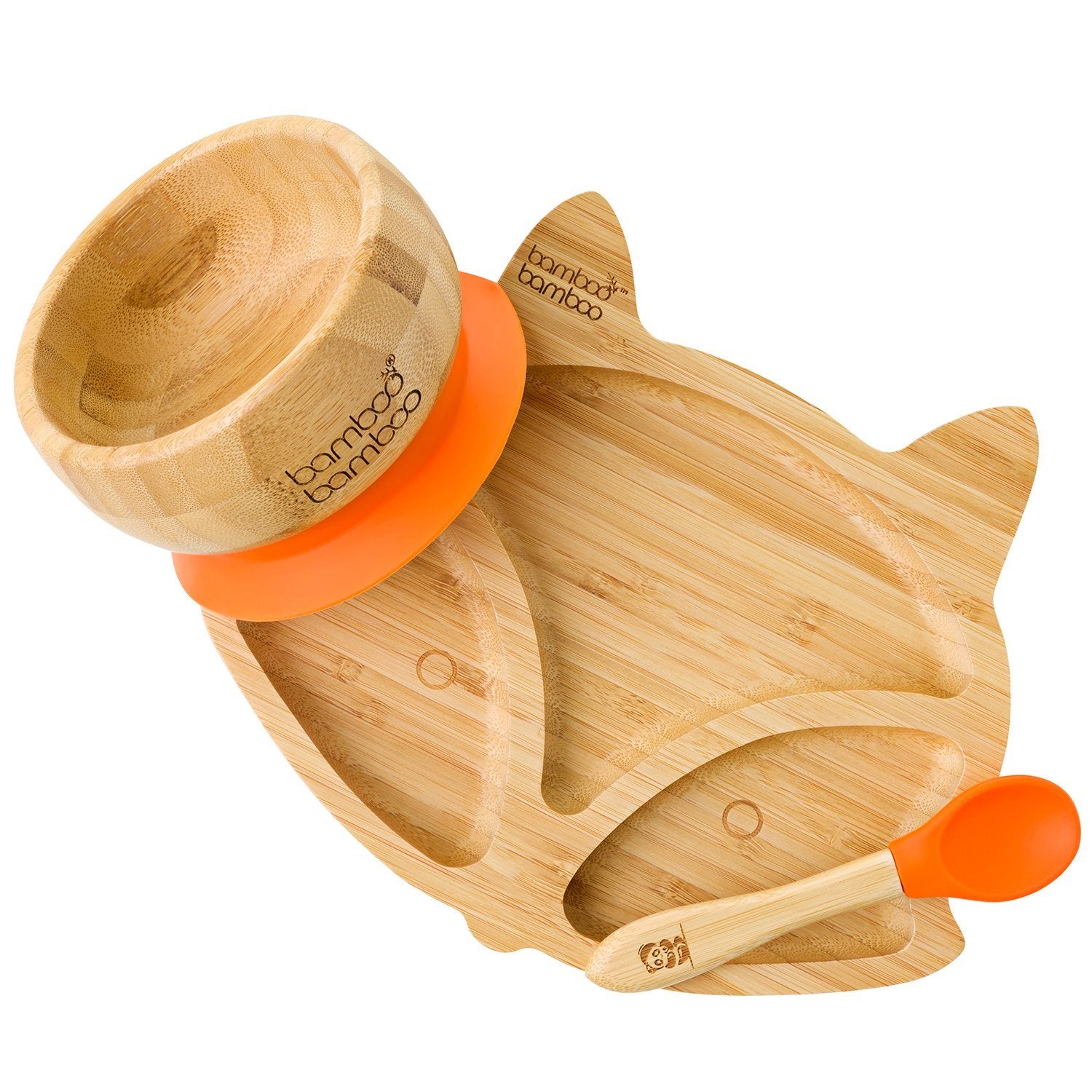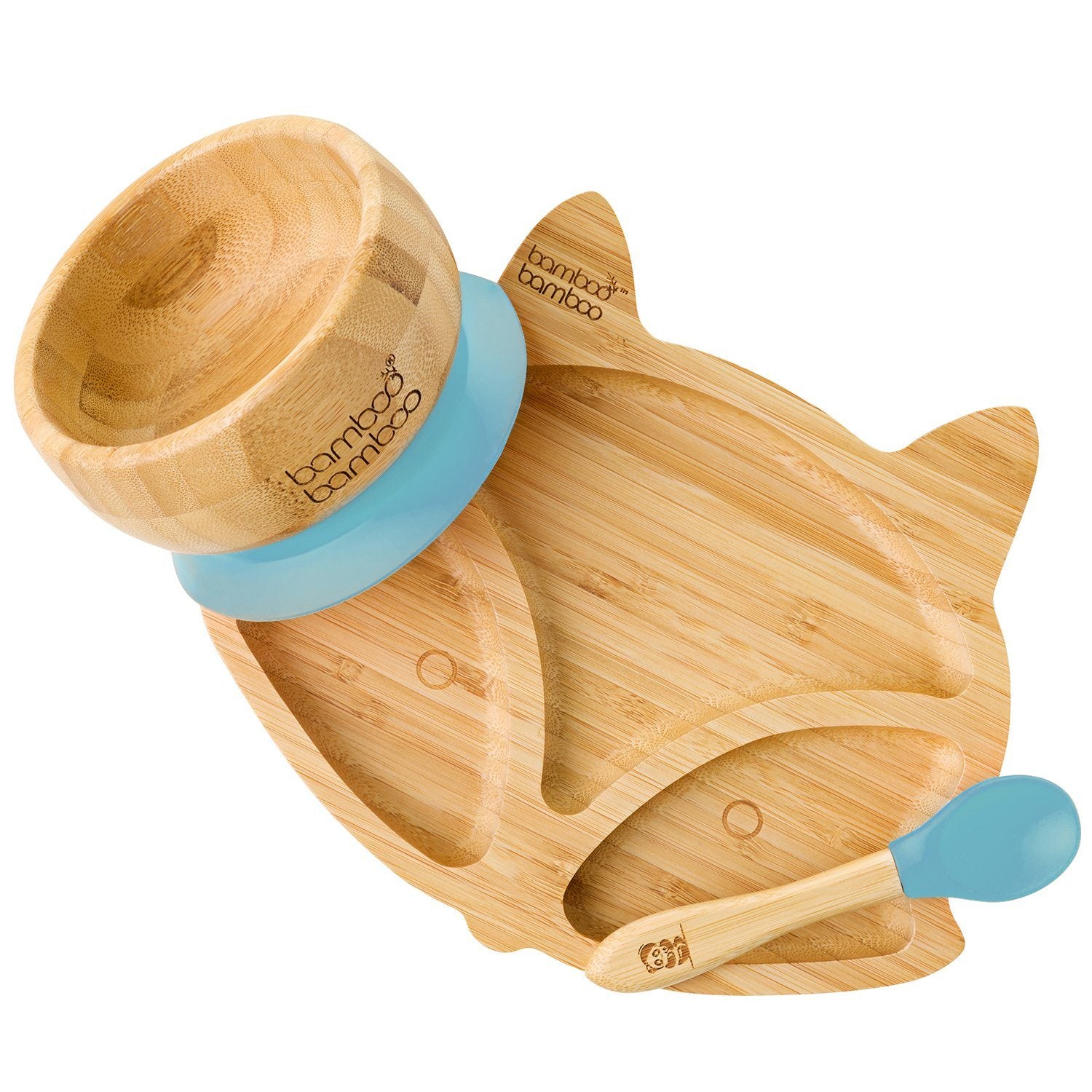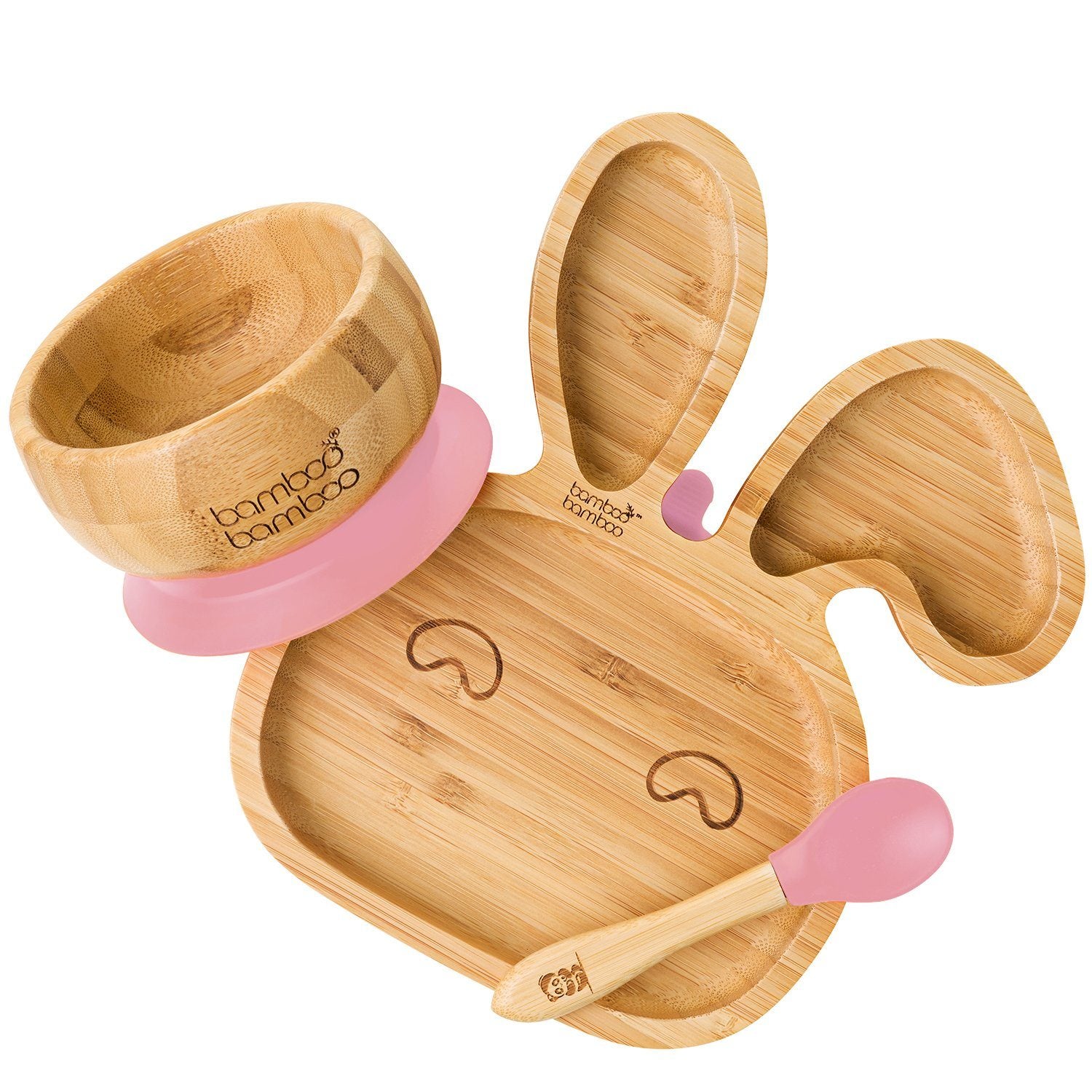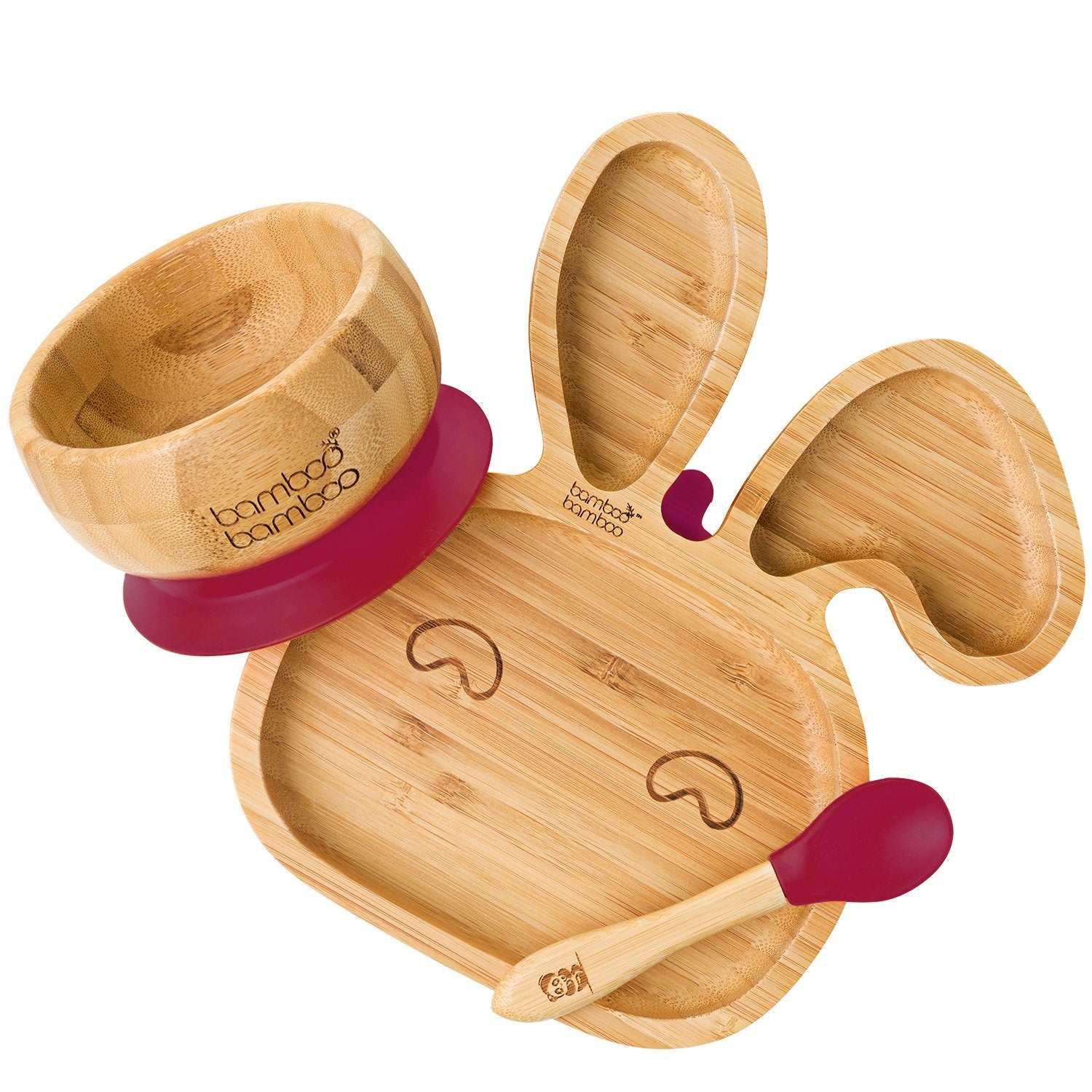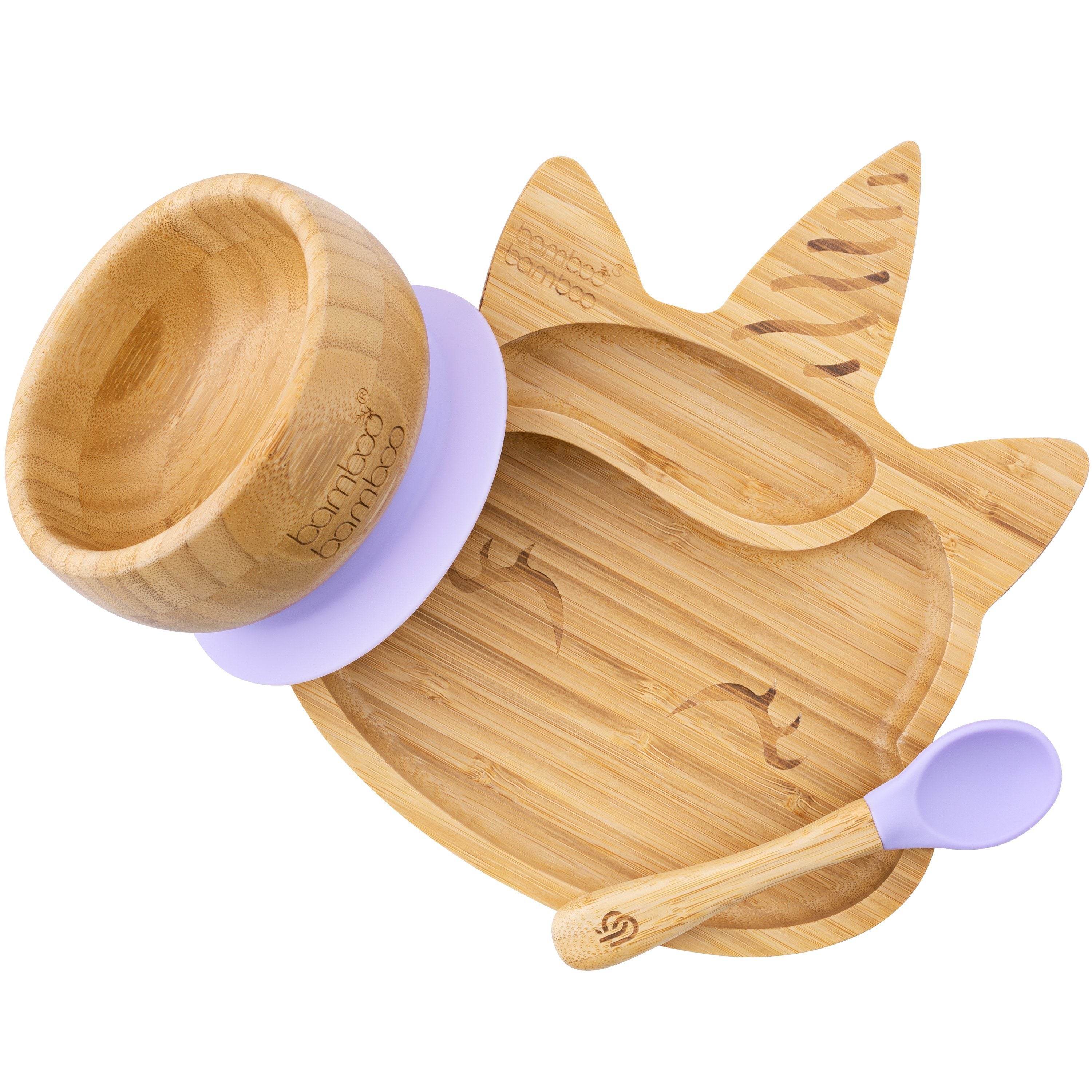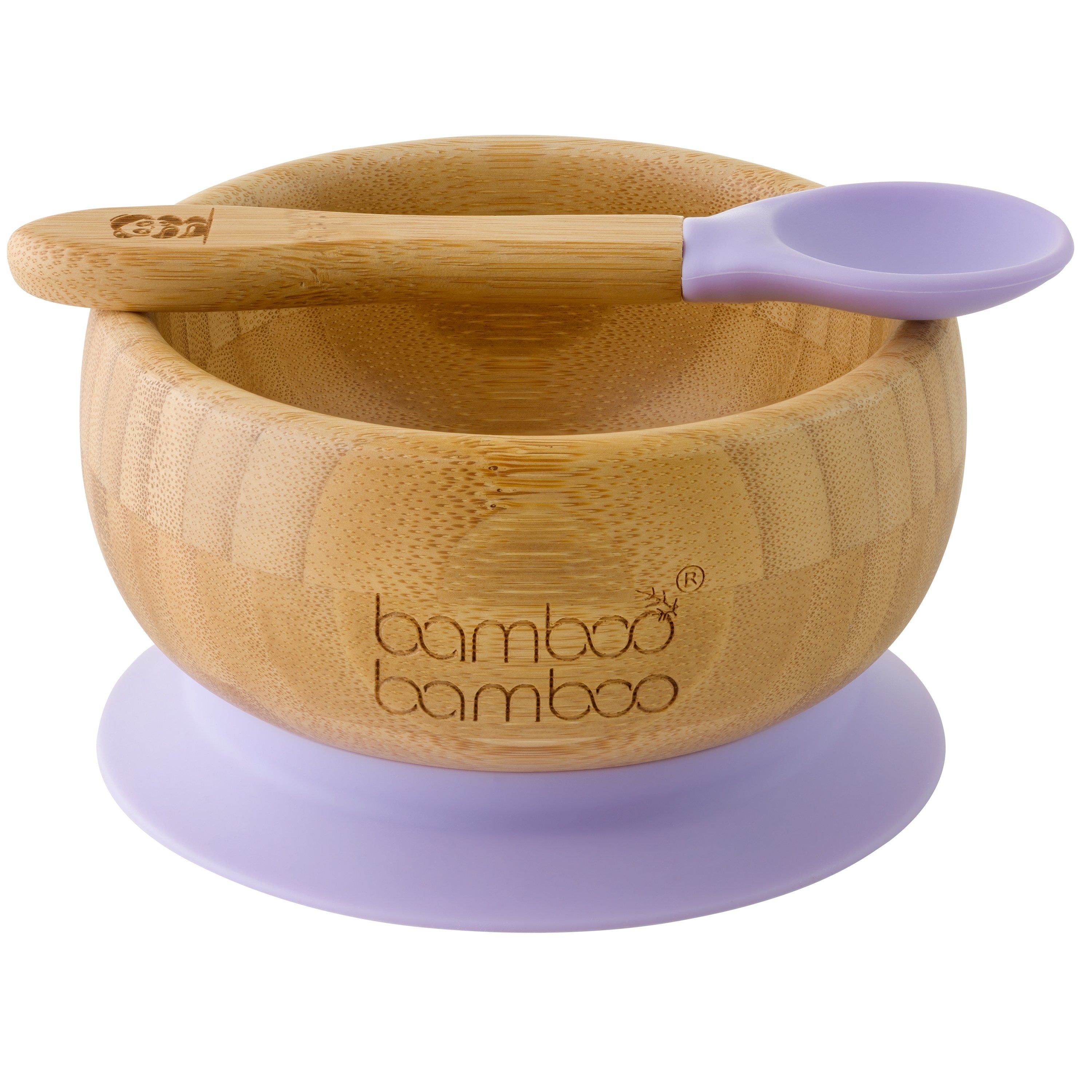You’re doing your best. You’re buying the BPA-free plates, the cute suction bowls, and the microwave-safe containers. Because, naturally, you want the best for your little one. But what if some of these so-called ‘safe’ labels are just clever marketing? What if your baby’s plate is doing more than just holding peas and pasta?
This is your myth-busting, fact-backed, mum-to-mum guide to what those baby product labels actually mean — with zero fluff and a whole lot of “Why didn’t anyone tell me this sooner?”
1. "Is ‘microwave-safe’ actually safe for my baby’s food?"
Real question: Is my baby eating invisible plastic with their dinner?
“Microwave-safe” only means the container won’t melt, not that it won’t leach chemicals or shed plastic particles. Lab studies have shown that microwaving polypropylene containers can release up to 2 billion micro- and nano-plastics per square centimetre[^1]. Real-world exposure may vary, but the concern is valid — especially with regular use.
2. "Is BPA-free plastic actually safe?"
Real question: What sneaky chemicals are hiding behind that label?
That shiny “BPA-free” sticker? It only guarantees the absence of one chemical. Many manufacturers now use BPS or BPF, which early research suggests may also interfere with hormone function[^2]. While human effects are still being studied, experts advise caution, especially for babies.
3. "What is PET plastic, and should I worry about it?"
Real question: Is this plastic bottle leaching things I can’t pronounce?
PET (Polyethylene Terephthalate) is common in drinks bottles and some food containers. While approved for food use, studies show it can leach antimony and other trace elements, especially when exposed to heat or stored long-term[^3]. For baby feeding? Better to play it safe.
4. "Are bamboo plates better for babies?"
Real question: Is this ‘natural’ plate actually plastic in disguise?
Many bamboo baby plates are made of bamboo fibre bonded with melamine resin, a type of plastic. When exposed to high heat, melamine-based materials can leach formaldehyde in small amounts[^4]. That’s why safety regulators advise against using these for hot food.
However, not all bamboo is created equal. Our natural bamboo baby plates are made without plastic binders or melamine and are crafted to be safe, stylish, and completely non-toxic.
5. "What do those little numbers inside the triangle on plastic mean?"
Real question: Am I unknowingly serving dinner on a toxic tray?
Those recycling symbols can reveal a lot:
- 1 PET – Acceptable for single use, avoid reheating
- 2 HDPE – More stable, often considered safer
- 3 PVC – 🚨 Avoid. May contain phthalates
- 5 PP – Used in many baby products, relatively safer
- 6 PS – Styrofoam-type plastic, best avoided
- 7 Other – Mixed plastics, can include BPA or unknown blends
6. "Is silicone really a safer option?"
Real question: Can I stop worrying if I switch to silicone?
High-quality platinum-cured, food-grade silicone is generally considered a much safer alternative. It’s inert, doesn’t shed microplastics, and holds up to heat well. But cheaper silicone can contain fillers. If it smells, turns oily, or discolours quickly, it’s time to replace it[^5].
7. "What’s the deal with heating plastic baby bowls?"
Real question: Am I cooking up a side of toxins with my child’s dinner?
Heating accelerates the breakdown of plastic, increasing the chance of chemical leaching. This applies whether you’re microwaving, pouring in hot soup, or dishwashing. Health experts recommend heating food in ceramic or glass, then transferring it[^1].
8. "Why do scratches or cloudy spots matter on plastic dishes?"
Real question: Is this worn-out bowl now a microplastic minefield?
Yes. Scratches and cloudiness are signs of degradation. These imperfections increase the surface area from which microplastics can shed[^6]. Damaged dishes should be replaced, or better yet, swapped out for safer materials.
9. "It says ‘dishwasher safe’, does that mean I’m in the clear?"
Real question: Is my dishwasher quietly breaking down baby bowls?
Even if labelled “dishwasher safe,” repeated exposure to hot water and detergents can cause plastics to degrade faster. That means higher chances of leaching over time. When in doubt, hand wash, or go plastic-free altogether[^1].
10. "So what baby plates and bowls are actually safe?"
Real question: What can I use without the worry?
Here’s your safer materials cheat sheet:
- Food-grade, platinum-cured silicone
- Stainless steel
- Tempered glass
- Lead-free ceramic
- Natural bamboo (with no plastic binders or melamine)
Explore our natural bamboo baby bowls and plates here →
Avoid plastic for heating, and read product claims with a critical eye. If it sounds too good to be true, it probably is.
WRAP-UP: You Deserve Straight Answers. You’ve got enough on your plate (pun intended). Decoding baby product labels shouldn’t be another full-time job. Hopefully, this guide made you feel more confident and a little less greenwashed.
📥 Want a downloadable checklist of safe materials? 🧠 Read our full guide to microplastics in baby feeding products. 📩 Subscribe for more myth-busting, mum-approved tips.
SOURCES:
-
Mitrano et al., Environmental Science & Technology (2023)
“Plastic Particle Release from Microwave-Exposed Food Containers.”
👉 Read study -
Rochester & Bolden, Environmental Health Perspectives (2015)
“Bisphenol S and F: A Review of the Evidence.”
👉 Read article -
Shotyk et al., Water Research (2006)
“Antimony Leaching from PET Bottled Water.”
👉 Read study -
European Food Safety Authority (EFSA) (2021)
“Safety Concerns on Bamboo Melamine Composites.”
👉 EFSA publication -
Wikipedia (2024 update)
Entry: Microplastics — includes summary of recent findings on silicone degradation.
👉 Visit page -
World Health Organization (2019)
“Microplastics in Drinking Water.”
👉 WHO report
